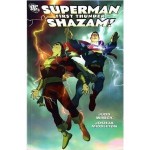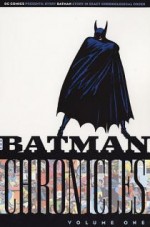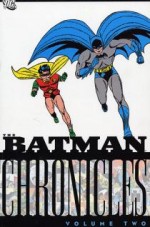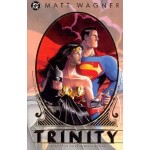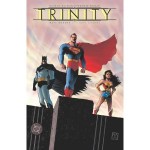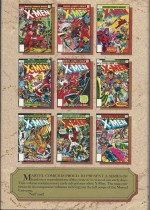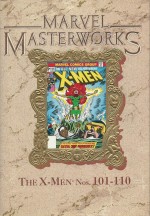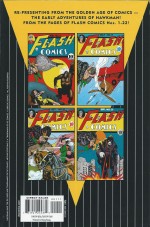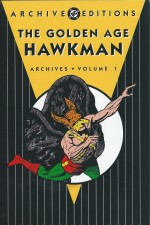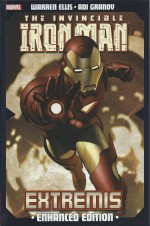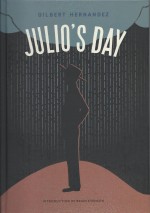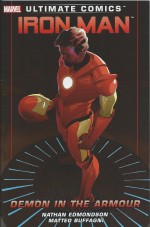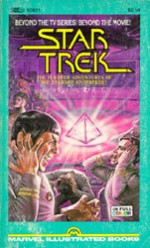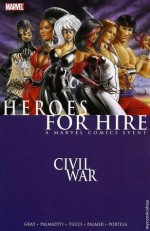
By Justin Gray, Jimmy Palmiotti, Billy Tucci, Francis Portela, Tom Palmer & Terry Pallot (Marvel)
ISBN 978-1-7851-2362-8
The Patriot Act changed America as much as the destruction of the World Trade Towers, and it’s fair to say that that popular arts grow from the social climate as much as the target audience. In post 9-11 America the creators and the consumers now think different thoughts in different ways. Thus the company that first challenged the middle-class suburban status quo of the comic industry in the late 1960s made Homeland Security and the exigencies of safety and liberty the themes of a major publishing event in 2006.
After a TV reality show starring superheroes went hideously wrong and resulted in the deaths of hundreds of children in Stamford, Connecticut, popular opinion turned massively against masked crusaders.
The Federal government quickly instituted and mandated a scheme to licence, train and regulate all metahumans but the plan split the superhero community and a terrified and indignant merely mortal populace quivered as a significant faction of their former defenders, led by the ultimate icon of Liberty, Captain America, refused to surrender their autonomy and in many cases, anonymity to the bureaucratic vicissitudes of the Superhuman Registration Act.
The Avengers and Fantastic Four, bedrock teams of the Marvel Universe, fragmented in scenes reminiscent of America’s War Between the States, with “brother pitted against brotherâ€. As the conflict escalated it became clear to all involved that the increasingly bitter fighting was for souls as much as lives.
Both sides battled for love of Country and Constitution and both sides knew they were right…
This collection, re-presenting issues #1-5 of the second Heroes for Hire comicbook series (from October 2006 to February 2007), gathers a particularly cogent and impressive sidebar sequence to the overarching epic Marvel Crossover Event which opens in the aftermath of the Stamford incident, as a panicked government attempts to enforce the hastily enacted legislation requiring every super-being in the USA to submit to the law.
Those who resist are guilty of treason, and of course the authorities need creatures as powerful and specialised as the resistors to tackle the problem of costumed malcontents and scofflaws…
Bionic detective Misty Knight and her ninja partner Colleen Wing are former associates of Power Man & Iron Fist and have revived their old firm Heroes for Hire to apprehend metas who refuse to comply.
The exact terms of their contract are revealed in ‘Taking it to the Streets’ parts 1 and 2, scripted by Justin Gray & Jimmy Palmiotti, illustrated by Billy Tucci, Francis Portela & Tom Palmer. Specifically recruited by Iron Man, Spider-Man and Fantastic Four leader Reed Richards, the former Daughters of the Dragon and their team – acrobatic ex-thief Black Cat, Kung Fu Master Shang-Chi, insect avatar Humbug, Atlantean powerhouse Orka, sadistic martial artist Tarantula and veteran mercenary Paladin – will never be asked to arrest any of their errant superhero colleagues, but only take down super-villains who won’t register…
Their first public appearance finds the new team getting to know each other even as they hunt down technologically-augmented samurai dubbed “Mandarin’s Avatars†and a crime-ring led by old arch-foe Vienna offering new identities to a host of minor meta-felons.
Humbug’s ability to communicate with all insects leads the squad unerringly to the mastermind’s hideout but it’s a trap and a massive battle ensues. However, in this harsh new world, there’s no honour amongst thieves – or anyone else – and soon everybody is embroiled in a string of double and even triple crosses…
The saga takes a dark turn after the first rebel fatality incites a bitter argument in the team and Misty agrees to find – but not arrest – the fugitive Captain America and invite him to truce talks. The hunt leads to an illicit lab where villains are being surgically altered with organs culled from shape-shifting alien Skrulls; enabling criminals to alter their physical appearances and even conceal their powers…
In the meantime the search for the leading dissident and rebel bears fruit as the Sentinel of Liberty agrees to talks, only for Paladin to betray his own comrades and capture the ultimate Avenger for the huge bounty on his star-spangled head…
The story concludes in ‘Civil Disobedience’ (with Portela taking on the major portion of the illustration) as Paladin discovers he’s been tricked by Misty’s most honourable team-mate. With Cap and his dissidents allowed to safely escape, Misty and Co. perforce return to the problem of the sinister surgeons – who have been very busy indeed – if only to prove Heroes for Hire is still of use to the government…
After a squad of augmented villains break crime-boss Ricadonna out of prison, she quickly begins taking her long-anticipated vengeance on Knight and Wing. The first step is blowing up the Federal stooges HQ…
This first volume concludes with two untitled tales (inked by Palmer and Terry Pallot) as the maniacal Ricadonna tasks her army of super-powered, Skrull-flavoured minions with ambushing Misty’s team in unguarded moments. The resultant death and destruction provokes a thoroughly understandable and excessively violent response from the Heroes for Hire who raid the finally-found surgical facility and begin cleaning up all those warrants on the Government’s most wanted list.
Unfortunately, Ricadonna has been under the surgeons’ knives and recreated herself as a veritable legion of monsters…
Gritty, witty, fast-paced and spectacularly action-packed, this sharp, edgy collection is a largely forgotten gem from a frequently heavy-handed and often pompous mega-event which offers spills, chills and thrills to delight older fans of Fights ‘n’ Tights fiction.
This book also includes a cover gallery by Tucci & Mark Sparacio, and a fun-filled fact page of the wacky master of insects Humbug.
© 2006, 2007 Marvel Characters, Inc. All Rights Reserved.

